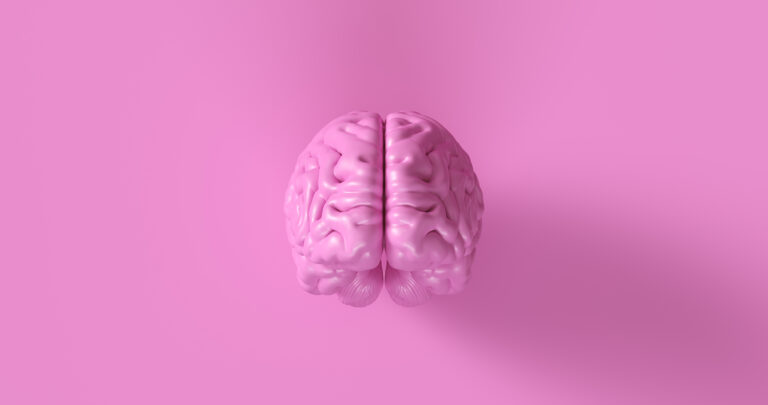Virchow-Robin syndrome is a condition that affects the brain and its surrounding structures. It is also known as the perivascular space dilation syndrome or the perivascular space enlargement syndrome. This rare disorder can often go undiagnosed, as its symptoms are often overlooked or attributed to other conditions. In this article, we will discuss the causes, symptoms, diagnosis, and treatment options for Virchow-Robin syndrome.
Causes:
Virchow-Robin syndrome is caused by an abnormal dilation or widening of the perivascular spaces in the brain. These spaces are filled with cerebrospinal fluid (CSF) and are responsible for nourishing and protecting the neurons in the brain. When these spaces become enlarged, they can put pressure on the surrounding structures, leading to various symptoms.
The exact cause of this condition is unknown, but it is believed to be a congenital disorder, meaning it is present at birth. Some research suggests that genetics may play a role in the development of Virchow-Robin syndrome, but more studies are needed to confirm this link.
Symptoms:
The symptoms of Virchow-Robin syndrome can vary greatly from person to person. In some cases, individuals may have no symptoms at all, while others may experience severe symptoms. Some common signs and symptoms of this condition include:
1. Headaches: Headaches are a common symptom of many neurological disorders, including Virchow-Robin syndrome. These headaches may be mild or severe and may also be accompanied by dizziness or nausea.
2. Weakness or numbness: As the enlarged perivascular spaces put pressure on the surrounding structures, it can lead to weakness or numbness in certain areas of the body. This can affect one side or both sides of the body.
3. Difficulty with balance and coordination: As the brain is responsible for controlling balance and coordination, any disruption in its functioning can lead to difficulty with these tasks. This can be seen as stumbling, falling, or difficulty walking straight.
4. Vision problems: The optic nerve, responsible for vision, can also be affected by the enlarged perivascular spaces. This can lead to blurred vision, double vision, or even loss of vision in severe cases.
5. Cognitive impairment: In some cases, Virchow-Robin syndrome can also affect cognitive function. This can manifest as difficulty with memory, concentration, or problem-solving skills.
Diagnosis:
Diagnosing Virchow-Robin syndrome can be challenging, as its symptoms can often overlap with other neurological disorders. A thorough physical and neurological examination is usually the first step in the diagnostic process. This may be followed by imaging tests such as an MRI or CT scan, which can show the enlargement of the perivascular spaces.
In some cases, a lumbar puncture may be performed to analyze the cerebrospinal fluid for any abnormalities. Genetic testing may also be recommended in individuals with a family history of the condition.
Treatment:
Currently, there is no specific treatment for Virchow-Robin syndrome. Instead, treatment is focused on managing and alleviating the symptoms. This may include medications to control headaches or reduce pressure in the brain.
Physical therapy may also be recommended to help with balance and coordination difficulties. In some cases, surgery may be an option to relieve the pressure on the brain caused by the enlarged perivascular spaces.
It is essential to have regular follow-ups with a neurologist to monitor the progression of the condition and adjust treatment accordingly.
In conclusion, Virchow-Robin syndrome is a rare neurological disorder that affects brain structures responsible for nourishing and protecting neurons. While there is still much to learn about this condition, early diagnosis and management of symptoms can improve quality of life for those affected by it. If you or a loved one experience any of the symptoms mentioned above, it is essential to seek medical attention from a qualified healthcare professional.





